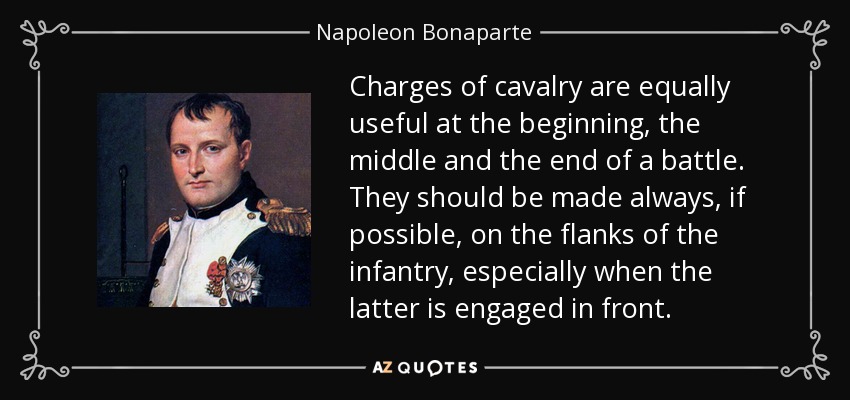I'm very satisfied by the evolution of horses in Bannerlord, although it needs to be balanced a bit. It was very frustrating in Warband, you didn't feel the supremacy of heavy cavalry on battlefields, a half naked guy could stop you at full speed or significantly reduce your speed. And when stopped, infantry usually had a huge advantage on you, trying to flee was your only solution. All of that resulted in pretty useless cavalry charges, but now in Bannerlord they will be deadly, just as they have to be.
I agree with most of Younes123 points though.
I agree with most of Younes123 points though.














